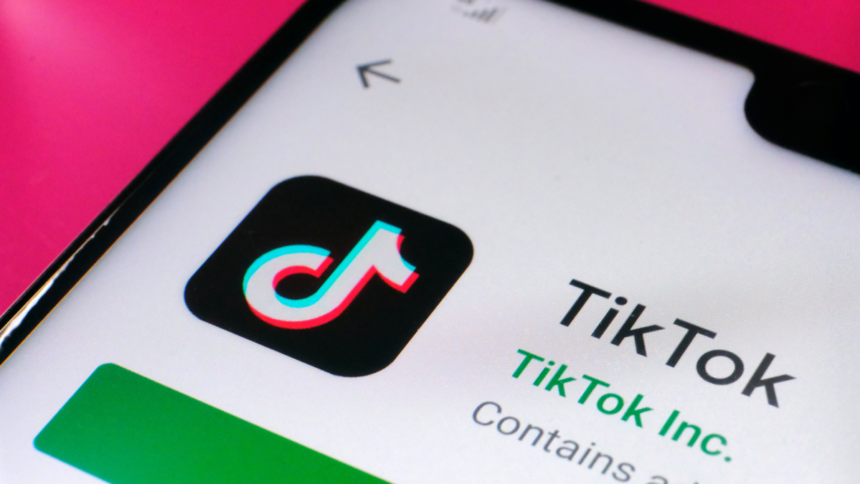The Ongoing Saga of the TikTok Ban: Where Do We Stand?
The TikTok controversy has unfolded like a thrilling drama, leaving many confused about its current status. Is the widely popular app officially banned or has it found a way to stay operational? These questions are on everyone’s lips, and though there are some answers, the situation remains fluid.
Let’s dissect the recent events to provide clarity on TikTok’s precarious position in the U.S.
Tracing the Roots of the TikTok Dilemma
To summarize the background, the push to prohibit TikTok began during the Trump presidency. In the past year, both Congress and the Biden administration enacted legislation that would effectively enforce a TikTok ban in the U.S., contingent upon ByteDance divesting ownership by January 19. ByteDance remained steadfast in its refusal to sell the app, leading to heightened tensions as the deadline loomed. In a bid to contest the ban, TikTok appealed to the Supreme Court on grounds of First Amendment rights, but the Court ruled against them.
Following this legal setback, TikTok announced it would cease operations unless the Biden administration intervened to halt the ban. However, the administration redirected the matter to the incoming Trump government, asserting that enforcement would not take place until then. Meanwhile, it was reported that Trump was contemplating an executive order to extend the ban’s implementation, aligning with the Biden administration’s views.
Events of Saturday, January 18
The situation reached a critical point on Saturday, just before the anticipated ban was set to take effect. Tension filled the air as there was uncertainty about TikTok’s fate post-January 19. The law explicitly stated that, upon the deadline, companies would be prohibited from distributing or updating TikTok, raising concerns about the app’s complete disappearance from U.S. app stores.
Yet, legal nuances left open the question of whether TikTok would still be able to operate within the U.S. Despite the language indicating that companies could not provide hosting services, the Biden administration believed that TikTok could continue functioning normally, albeit without accepting new users while awaiting Trump’s administration’s decisions.
Contrary to expectations, TikTok decided to go offline that Saturday evening, approximately 90 minutes before the deadline. Users attempting to log in were met with a notice declaring the ban, but soon after, another message appeared, directed towards incoming President Trump: “A law banning TikTok has been enacted in the U.S. Unfortunately, that means you can’t use TikTok for now. Fortunately, President Trump indicated he will work with us on a solution to restore TikTok once he takes office. Please stay tuned!” Quite the eloquent nudge from TikTok.
As the app went silent in the U.S., users explored alternative methods to access TikTok. Some relied on VPNs, which theoretically could route their connection through countries where TikTok was still available. However, TikTok preemptively blocked traffic from U.S. accounts, complicating matters. Access was only possible for some users by employing specific configurations, such as using certain countries as intermediaries.
Insights from Sunday, January 19
Throughout Sunday, TikTok remained inaccessible into the early afternoon, leaving many to wonder whether the service would resume before Trump’s inauguration the following day.
However, shortly before he took office, Trump began discussing his intentions to “save [TikTok],” prompting the app to gradually ease back online around 1 p.m. ET. This brief blackout lasted less than 15 hours, yet conveyed TikTok’s sentiments about both the outgoing and incoming administrations.
Continued Developments on Monday, January 20
Trump was sworn in on Monday and reclaimed the presidency. In a series of executive actions following his inauguration, he issued a directive to postpone the TikTok ban by 75 days, instructing the Justice Department not to enforce the prohibition during this interim period as negotiations for a sale of TikTok commenced. Although ByteDance had consistently rejected the idea of selling the app, post-inauguration signals indicated that willingness to discuss a sale could emerge.
Current Status as of Tuesday, January 21
As of Tuesday, the situation remains largely unchanged, with one notable development: Trump has hinted at imposing tariffs on China should they obstruct a potential acquisition of TikTok. He stated, “Because we’d put tariffs on China…I’m not saying we would, but we certainly could do that.”
What Comes Next?
The scenario surrounding TikTok has undoubtedly been tumultuous. Initially, it was Trump who sought to eliminate TikTok during his first term, but now both sides appear eager to position him as a potential “savior” of the platform.
Despite this temporary reprieve, TikTok is not yet in the clear. Both Apple and Google have yet to reinstate the app or any affiliated services while the company’s legal dilemma remains unresolved. Furthermore, the legality of Trump’s authority to extend the timeline poses questions, particularly since the law took effect right before he assumed office. Interestingly, the law does grant the president latitude to extend the deadline if ByteDance was actively pursuing divestment, but with the deadline having lapsed, this raises uncertainties about his next moves.
Trump’s proposition that a U.S. company should hold a 50% stake in TikTok presents a different expectation than what the original law specified, which sought full control by a U.S. entity. This modification might be more palatable to ByteDance and the Chinese government, allowing them to retain a significant portion of the app’s ownership.
The recent TikTok blackout has illustrated its potential implications: users found themselves locked out, and VPNs provided inconsistent access. The pressing question is whether a legitimate ban will be enforced later in the year or if ByteDance will opt to sell the app partially or entirely.
This article will be updated regularly to reflect the latest developments concerning TikTok’s ban. For now, users can continue enjoying the app as usual—provided they had it installed before the situation escalated.












